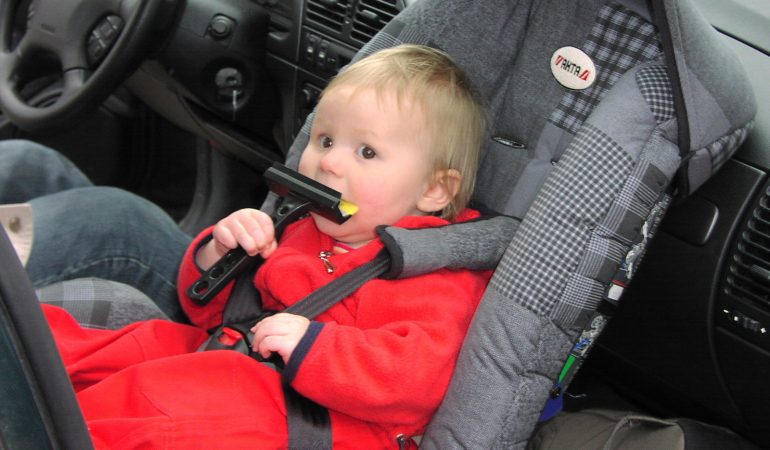Car seats can become worn or damaged over time. Whether it’s due to heating and cooling cycles or careless storage, these seats may no longer provide adequate crash protection. A new seat contains undamaged components and will provide your child with better crash protection. Here are some tips to help you make a decision when to change your child’s car seat.
Rear-facing only
It is important to understand your child’s weight and height limits when changing their car seat. Some convertible seats have upper height and weight limits for rear-facing only. If your child is under 2 pounds, it is safest to keep him or her rear-facing. Also, make sure the harness is at or below your child’s shoulders.
Expiration dates
There are many reasons why you should check the expiration date on a child’s car seat. For starters, if a seat is older than the recommended age, it might not be providing the maximum amount of protection. You should also check the expiration date if you are planning on handing it down.
Car seats can have an expiration date of six to ten years. If the date is older than this, the seat may be made of outdated technology or may not meet current safety standards. In addition, the infant car seat industry is fast-paced and constantly changing, and new innovations are being made.
In addition to the expiration date, the manufacturer of the child’s car seat should be contacted for any recalls. In the event that a recall is issued for a car seat, a replacement is often free.
Proper placement of straps
Correct placement of straps is critical when changing a child’s car seat. When the straps are too long or too short, a child can slide around in the harness, causing injury in the event of a crash. Luckily, there are some easy ways to correct this problem.
Before changing a child’s car seat, make sure to read all the directions on the straps. The straps should be below your child’s shoulders. Do not wash the straps or attempt to tighten them without ensuring that they are at the proper level. In case the straps are too tight, contact the car seat manufacturer. Generally, the company will send you a replacement set of straps free of charge.
The straps of a child’s car seat should fit tightly around the child’s shoulders and chest. They should not overlap the sides or legs. The harness straps should be straight and not twisted, otherwise they can interfere with the tightening process and cause injury in the event of a crash.
Checklists for determining if your child is too tall for a car seat
Before buying a car seat, it’s important to make sure your child is the right height for the seat. Look for the weight and height limit on the car seat’s label and read the owner’s manual to ensure that your child will fit comfortably. Also, make sure the harness straps are secure around your child’s shoulders. Do a pinch test to see if the straps are too loose or tight.
The shoulder straps must be positioned so that the child’s head is not more than an inch away from the seat shell. This measurement is even more important than the overall height limit, because a short child with a long torso may outgrow a car seat sooner.
Cleaning a car seat
Cleaning your child’s car seat is not difficult and requires a minimum of basic cleaning products. But there are a few things you need to keep in mind when cleaning it. First, you should avoid using harsh chemicals or pressure washers on your car seat as this can damage it.
If you can, clean the seat with soap and water. You can use a cloth with mild detergent for this. Make sure you rinse the seat thoroughly before reinstalling it. You can also use a vacuum cleaner to clean out a dry mess. After cleaning, you can reassemble the car seat according to the manufacturer’s instructions.
You should also clean the plastic parts of your child’s car seat by using water and soap. It will be easier to remove stains if you clean them right away. If you do not want to use soap, you can spray the seat with water and vinegar.
